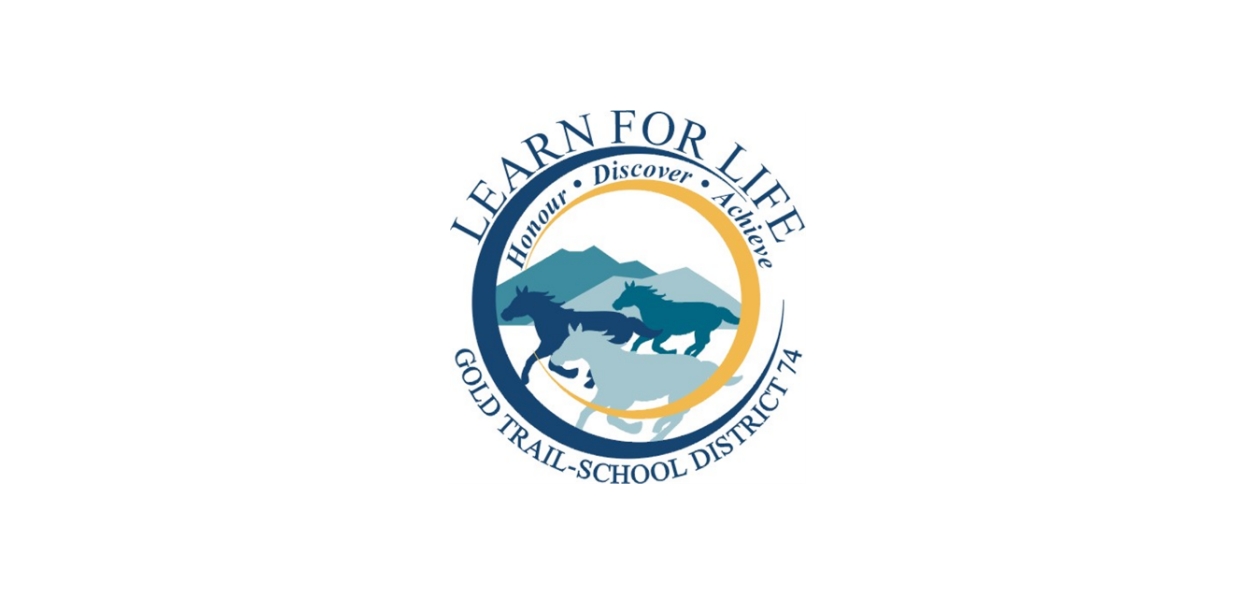How did this healthy school story begin to take shape?
“Over the last few years, it has become an increasing priority for public health to become more involved with schools and Comprehensive School Health (CSH). In reflecting on the concept and my involvement I wondered if staff in our school district knew or had heard about CSH. So one day, when I went to the schools to do my anaphylaxis training, I decided to pose the question – has anyone heard of CSH? It seemed no one had, but one of the school teachers literally leapt up and proposed healthy eating as a possible CSH initiative because she had noticed a lot of sugary snacks and beverages in her students’ lunches. I was so excited because suddenly I had clarity on how to get the concept rolling!”
Who was involved in developing the plan?
“We are just in the early stages of looking at students’ lunches and assessing parents’ beliefs and values around the nutritional content that goes into a lunch. At this time, we have partnered with a 4th year nursing student, Spotted Fawn Minnabarriet, who is working closely with the teacher to further expand her understanding of the concepts of CSH, and supporting the teacher to fully utilize the Healthy Schools BC website to guide her in moving this healthy eating project forward.”
What has been your role in supporting this process?
“My role has been connecting the school with various health professionals such as a Community Nutritionist and Dental Hygienist, and being a support to the teacher by utilizing standardized & reliable resources to seek out information, such as the healthy schools assessment template from the CSH Knowledge Guide. I also listen to and share insights regarding parents’ perceptions of healthy lunches to support the development of effective strategies for making healthy eating a sustainable outcome. Last week I joined in on some parent-teacher interviews to have an informal conversation about lunches, and it turns out a big barrier for parents was not being able to give their children leftovers because they cannot warm the food up at lunch time.”
What have been some challenges?
“One of the challenges is that this is a remote community so we are limited in our resources and the face-to-face time we can work on this project. There are also a number of social determinants such as income, transportation, and health literacy that are significant factors. In addition, we are having difficulty meeting with parents, and knowing how to engage them in a way that acknowledges their good intentions with preparing healthy lunches. We are overcoming these challenges one day at a time by being open and creative, and understanding that successful change occurs over time and in small steps.”
What outcomes have you started to see develop?
“So far the kids are really engaged with their teacher. She is making learning about food fun by allowing the children to prepare and explore new foods.”
Has there been an evaluation or reflection involved in the process?
“Every idea, every ‘ah ha’ moment, we discuss it. For example, the teacher took pictures of all the students’ lunches and Spotted Fawn and I sat together with her and reviewed them. It was a real eye opener to see what the kids are eating and drinking, and has allowed us to see where we are starting from. We are still in the process of exploring parents’ priorities so we can determine what we are going to evaluate down the road.”
What have you learned from this experience that you want to share with others?
“Take it slowly. Clarity comes with time and no two CSH initiatives or adventures are ever the same. We may struggle with the concepts of CSH at first, but it really is simple – it’s reminding us that we work with many players when addressing health – from parents, to children, to community, etc. Involve as many stakeholders as you can – every voice sheds new light and importance to these CSH initiatives.”
What are the next steps for this project?
“Because we are really in the pre-contemplation stages, we are still figuring out if the parents, community and children will embrace our idea. Spotted Fawn and I have many professionals involved at this point – it is our hope this is a priority for our school community as well. If not, it gives us a starting point to let them know we are here and want to help.”
